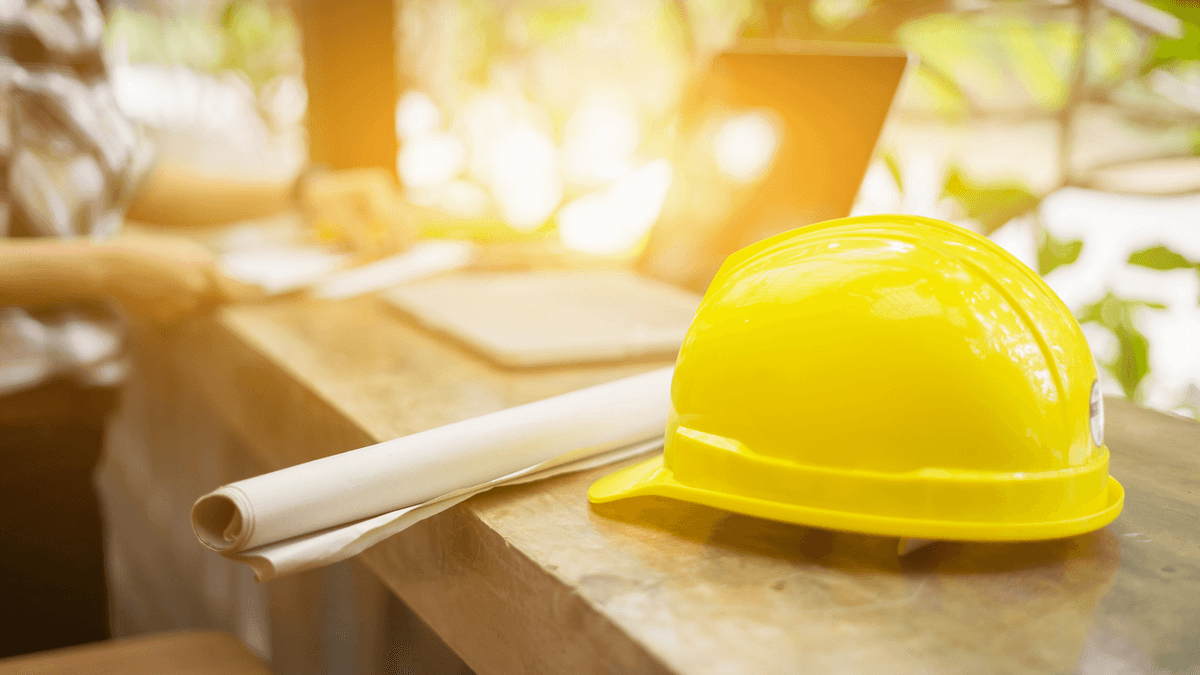Safety on construction sites is paramount for everyone who works on the site, visits the site or makes deliveries of materials and equipment to the site. The whole idea is to make the workplace as safe as possible to prevent accidents and resulting injuries. But in order to have a building site that’s safe, first, a construction safety plan will need to be drawn up.
While architects spend enormous amounts of time designing buildings, civil engineers, project managers and site managers need to come together and put together a safety plan. It’s just as vital as having a building plan.
Very likely, the construction project will involve things like crane hire or mini crane hire from an equipment hire company, so this company will need to be fully aware of the plan and involved in its safety measures. Hire companies also want to help ensure the building site is a safe environment and that the equipment they supply is secure and used in a proper manner.
Plans Will Vary Depending On the Construction Site
There is no one, single safety plan that’s suited to all building sites. Every single construction site and project is unique in its own way. Therefore, every safety plan must also be unique and tailored to that specific construction site. While certain general safety measures will be the same across the board, the only true way to help ensure safety on a construction site is to draw up a plan for that particular site.
Writing Up a Construction Safety Plan
Generally, the person writing the plan and in control of the plan overall is usually a general contractor or the site manager, although all parties involved in the construction project will ultimately be involved in the plan’s ideas, formulations and solutions.
Risk management plays a major role in any safety plan and will form a large portion of the overall plan. Risk management is far more than simply reacting to issues or finding solutions to problems after they have incurred. Instead, proper risk management is mostly about identifying potential risks before an accident or problem takes place and putting in measures to reduce or eradicate that risk altogether.
Risk management for a construction site isn’t merely a set and forget process. It’s ongoing, as new potential risks can arise all the time as the building project advances in stages or new information comes to light.
The formulation of the plan needs to take into account all contractors working on site, subcontractors, the delivery of materials, hazardous goods, equipment hire and more. Every person involved and every facet of the construction project needs to be considered and taken into account when working out the safety plan.
Just as the risk management component of a safety plan is ongoing, so should the overall scope of the safety plan be continual. Things change as projects start to take shape, so the safety plan should always be reviewed, revised and updated whenever necessary to implement any changes.
Some key components a safety plan will have include things like:
- Project purpose
- Critical topics
- Operational plan
- Project safety and health planning
- Positive elements
- Negative elements
- Owner and designer interaction
- And more…
Why a Construction Safety Plan Is So Important
Obviously, the most important reason to create a construction site safety plan is to guarantee the safety, as much as possible, of all the people who will be working on the site, as well as visitors to the building site.
Added to this though, is the reputation of everyone involved with the project. Construction site accidents and mishaps will invariably lead to developing a poor reputation, which is not something any contractor, hire company, project manager, designer or owner wants to suffer from.
Another reason is that when an accident happens on a building site, the project can be shut down pending the outcome of an investigation. Sometimes, investigations can take months, which means the project will fall well behind schedule and possibly lose money in the process. The worst-case scenario is that the entire project is deemed unsafe by the authorities and is shut down permanently.
So, as you can see, having a comprehensive construction safety plan is pivotal to the success of the project on a number of levels, but of course, safety for the people involved is the paramount reason to have one.

Leave a Reply
You must be logged in to post a comment.